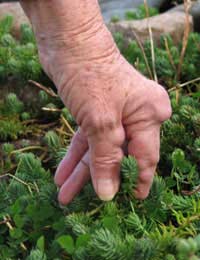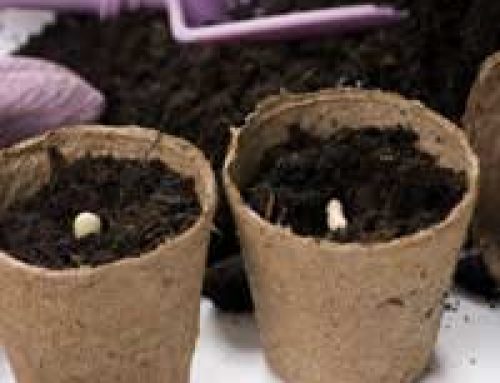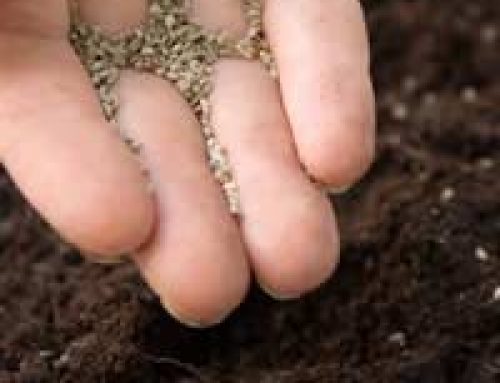
One of the problems with arthritis, which affects many people as they get older, is a loss of grip and mobility in the fingers and hands. Gardeners feel this very keenly as much of the work in the garden needs strength and mobility. As people are living longer the market for tools to allow older people to continue to enjoy their gardening is growing. That means more innovation and cheaper products.
Cutting tools form the majority of hand tools for gardeners, with digging a close second. There are a number of different versions of secateurs and shears on the market that help make better use of the power or grip that a user has. Then there are special digging tools and attachments for conventional tools.
Easy to Use Secateurs
Secateurs with finger loops in the handles are harder to drop and are easier to keep in position. There are also secateurs called ‘cut and hold’ which hold the cut stem after it has been severed. You can transfer this to a bag or basket instead of it dropping to the ground to be picked up later.
Ratchet secateurs are the next step up. The ratchet holds the blades together as they cut so that you can apply pressure, relax, the secateurs stay in place, then you apply pressure again.
Levers and Gears
Lever action secateurs use the fulcrum principle to increase the cutting force with minimal pressure. Geared secateurs have largely the same effect but use gears rather than levers. At the more expensive end of the market are battery operated secateurs, although these are obviously heavier than hand powered ones. Try before you buy is the maxim; don’t part with your money unless you are certain the tool will suit you and your abilities.
Trowels, Forks and Other Hand Digging Tools
Most of the other hand tools used in the garden are for digging, to plant, weed or otherwise tidy beds and pots. Products to help arthritis sufferers cover special tools, attachments for ordinary tools and gripping aids.
For special tools that will make holding, pushing and pulling tools look for large handles, those with finger loops or T-shaped handles. These will all give something for the fingers to rest against while your arm can do the pulling and manipulating rather than your fingers and wrists. T-shaped handles also give good grip for twisting a tool while pushing it into soil.
There is also a range of ‘easy-grip’ tools. These are trowels, forks and other small tools with a grip that’s a little like an upside-down pistol. This enables the user to get the whole hand around the tool and keep the arm and wrist straight, whereas conventional tools force the wrist to bend while digging and pulling.
Aids That Work With Conventional Tools
There is a similar approach with supports for conventional tools. These are supporting arms that attach to cuffs and forearms so that the whole lower part of the arm is engaged in moving the tool. Make sure that the support strut will fit the tools you have before buying one though.
If you can’t find a support arm that fits your tools a gripping aid might do the trick. These are like stiff, open gloves which are connected at the wrist with a Velcro band. Then with the tool in your hand loop the glove-like part around your fist, and the tool, and tighten it. The tool is now securely held until you release it.
Keep a Lookout
As the market for gardening aids for older people continues to expand it’s worth keeping an eye on gardening websites and magazines. You never know when you might see a new gadget released that could help you with a particular situation.





Leave A Comment